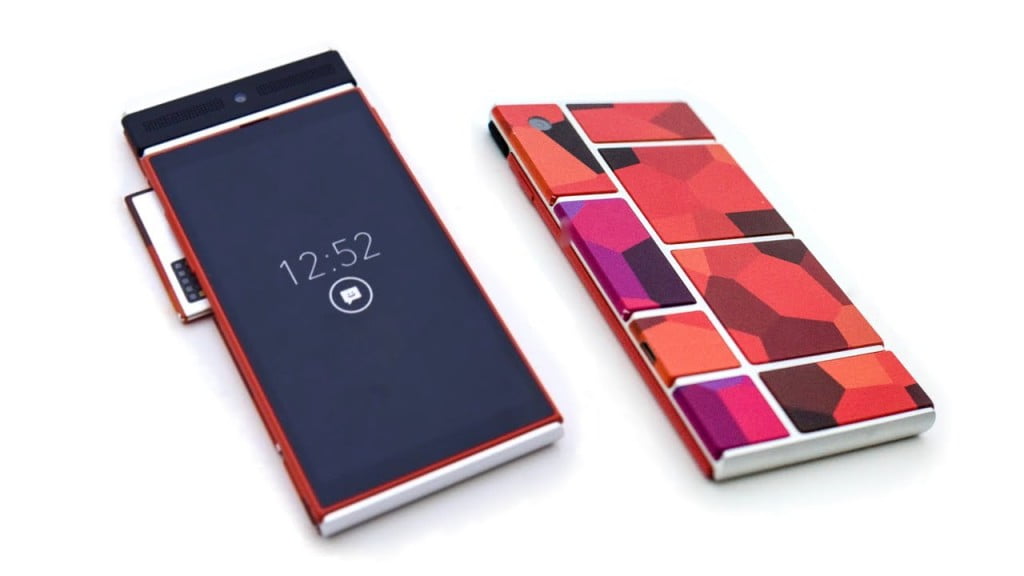

According to experts, the much talked about Google modular smartphone is going to be available in 2017. During the Google I/O developers conference, a teaser video showed people exchanging removable modules on their phones as they sing songs, play music and head to the beach. The company also announced that developers will have access to an Ara kit this fall. This is certainly promising after their 2-year delay since showcasing a prototype for Project Ara in 2014.
The idea of a smartphone with removable modules is intriguing and fraught with challenges. At the same time, it could very well solve a lot of issues that smartphone owners face today. One of the common reasons for requiring cell phone repair for example is a defective battery. For some phones, you will no longer be able to use the phone and will have to buy a replacement, which can be costly especially if the battery stops working only after a few months of use.
But with removable modules, this may soon be a thing of the past. According to Google, you can just slide an Ara module into any of its 6 slots and it will work. The frame houses the battery, antenna, chips, sensors and other smartphone components.
The modules are plug and play and are built by the company’s phone partners including Sony, Samsung, Toshiba and a few others and they are likely to include various kinds of displays, cameras, loudspeakers, mics, projectors, and other exciting features.
Google says that they are very easy to remove or eject and some can even be deactivated using an OK Google command. As a consumer, you can easily upgrade your phone without the need to replace its hardware.
On the other hand, there are drawbacks such as having to keep track of, carry and even replace lost modules. They could also get damaged if the device is dropped. Hopefully, Google’s designers can eliminate or reduce the chances of these issues happening by securing them with durable latches, magnets and connectors.
The origins of Project Ara goes back to the Advanced Technology and Projects team from the Motorola Mobility team that was part-owned by Google and it stayed with Google when Lenovo bought Motorola Mobility.
Motorola is likely to introduce its new set of smartphones in a few weeks including some that have been built around augmented reality based on Project Tango.
But Google is not the only one tackling on the concept of modular phones. LG launched the G5 earlier this year and this phone will enable you to remove a bottom part of the phone and slide out its battery so you can slide in its Cam Plus camera. This device is not as ambitious as Google’s but it is still pretty cool.
Whether or not Google’s Project Ara will be a resounding success is yet to be seen. Is this the future of smartphones? We’ll have to wait and see.

